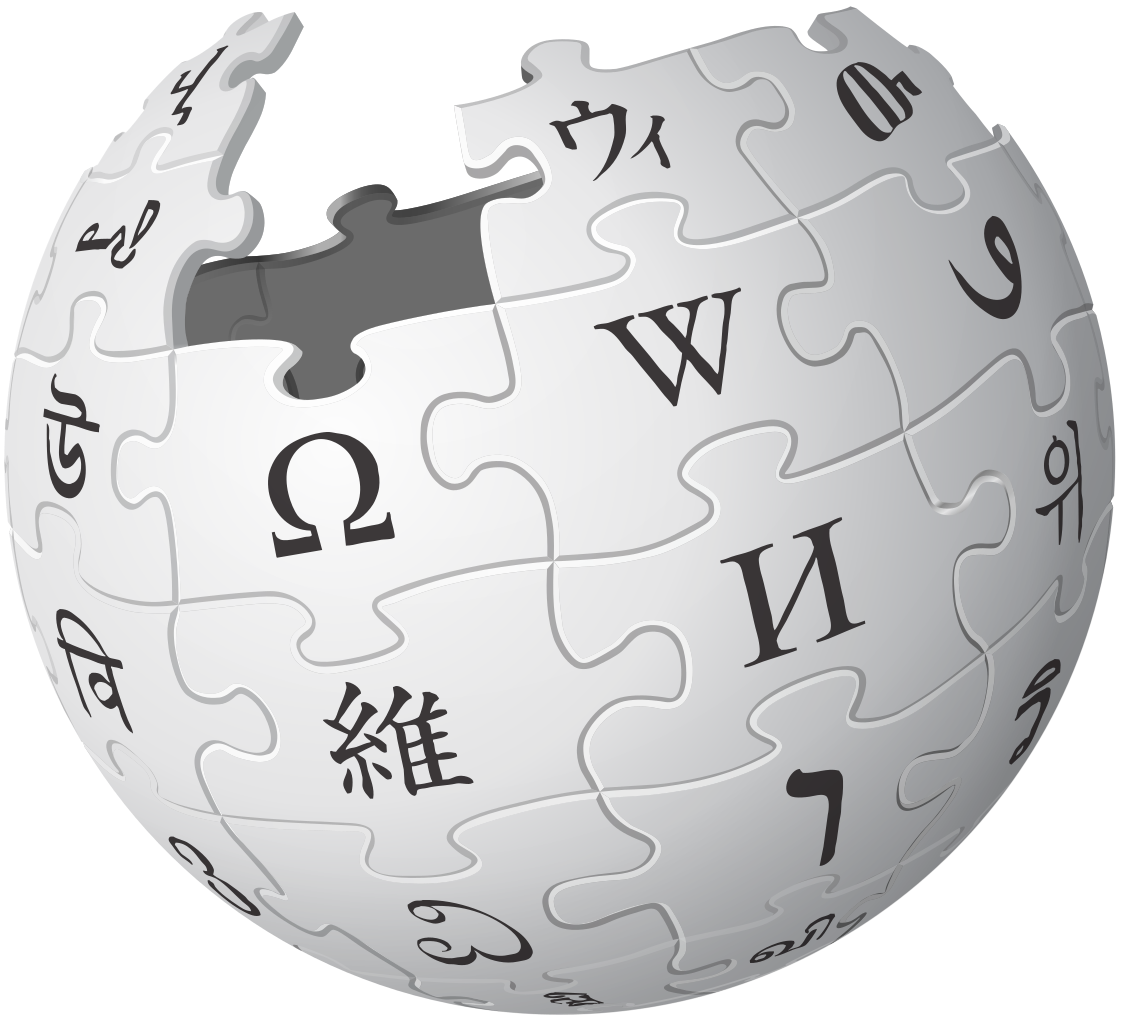

 Wikipedia Sitemap |
|  Useful Links 1 Useful Links 2 |

There are many different types of anemia. Anemia refers to a decrease in the ability of blood to carry oxygen. Blood is composed of different components. The red blood cells are the most plentiful. They contain hemoglobin which is an efficient oxygen transporter. Most of the symptoms of anemia appear when cells become hypoxic or deprived of oxygen. The skin color becomes pale, fatigue ensues accompanied by breathlessness, increased heart rate, dizziness, headache and menstrual changes. With time, the spleen and liver enlarge, the tongue becomes glossy, wounds will not heal and the skin begins to yellow. Anemia may be caused by infections, diseases such as cancer, some medications, and by a poor diet. A simple blood test is the starting point used to diagnose anemia.
Iron-deficiency anemia is the most common type. Iron is an essential part of the hemoglobin molecule. Most of our body iron is found in hemoglobin. Iron is also stored in the liver, spleen and bone marrow. Ferritin is the molecule that carries iron around the body. Iron is obtained from foods such beans, spinach, nuts, clams and oysters. It is absorbed through the gut. Diseases that affect the gut may affect what is absorbed through the gut and cause anemia. Iron-deficiency anemia may be corrected slowly by using iron supplements. Most people do not take enough iron supplements. I recommend preparations having at least 150 mg. per tablet.
Pernicious or megaloblastic anemia is less common and results when the body fails to absorb Vitamin B12 because the gastric mucosa or stomach lining does not secrete intrinsic factor. This may result when one develops gastritis or has stomach surgery. It is seen more often in Northern Europeans and in persons suffering from diabetes or thyroid disease. Suspicious blood tests may be confirmed with a special Schillings Test. Treatment often begins with a series of Vitamin B12 injections followed by supplements and diet advice.
Sickle cell anemia is an inherited blood disorder which causes the hemoglobin molecule to take on a stiffer shape. The red blood cells lose their nice round shape, cluster, form blockages and have short life-spans. This results in a chronic need for replacement and produces anemia. There are several variations of this problem. Sickle hemoglobin was thought to be an environmental response which arose in Africa. The malaria parasite has a difficult time surviving amongst abnormally shaped blood cells made of sickle hemoglobin. Sickle cell disease is a very serious problem in those afflicted. Clumping of blood cells may cause crises resulting in strokes, chest syndromes, engorgement of the spleen, severe pain and a shortened lifespan.
Other types of anemias may be caused by folate (folic acid) deficiency, chronic diseases, problems with the bone marrow where the red blood cells are produced and conditions that produce heavier blood losses. Treatment generally involves treating the causative condition, and then supplementing the body while concentrating on preventing recurrence. A diet of fresh non-processed food is a good starting point.
See also:
● Anemia from MedicineNet.com
● Anemia: Overview, Causes, Symptoms, Treatment from eMedicine.com
● Anemia from MEDLINEplus, information on different types of anemia, includes illustrations
Anemia from Health4Her.com
● Anemia, Sickle Cell
● Sickle Cell Anemia: Causes, Who Is At Risk, Signs & Symptoms, Diagnosis, Treatments ... from the National Heart, Lung and Blood Institute, NIH
● Sickle Cell Disease Fact Sheet from Washington State Department of Health
● Sickle Cell Disease
● Iron Deficiency Anemia
● Anemia and Iron Status from CDC
● Recommendations to Prevent and Control Iron Deficiency in the United States in PDF, 36 pages.